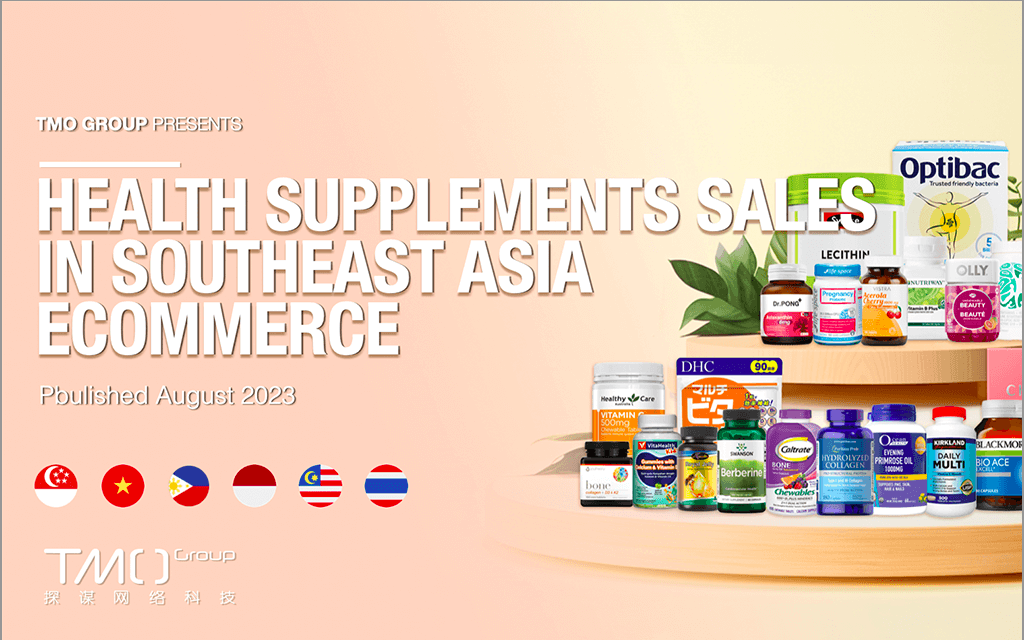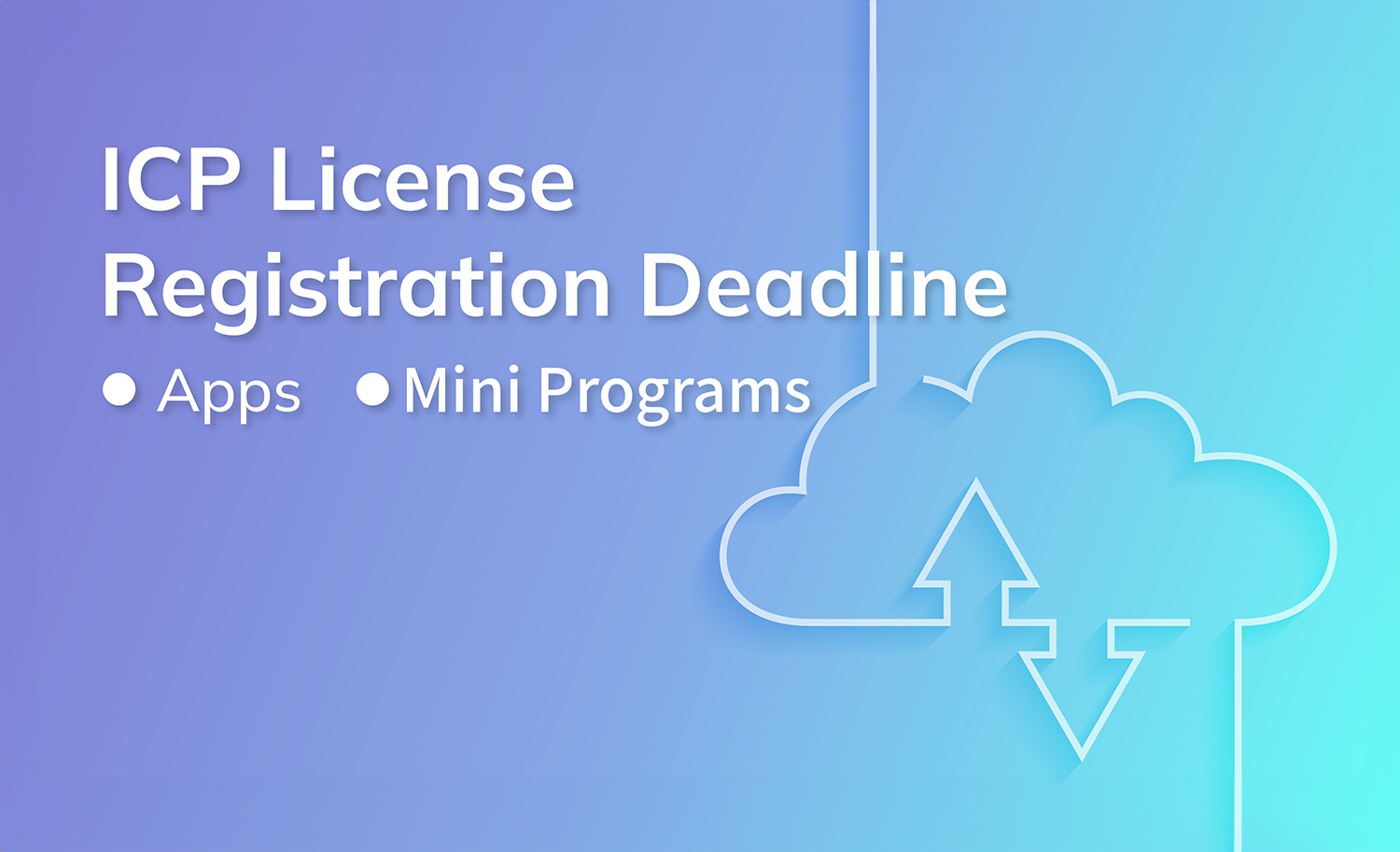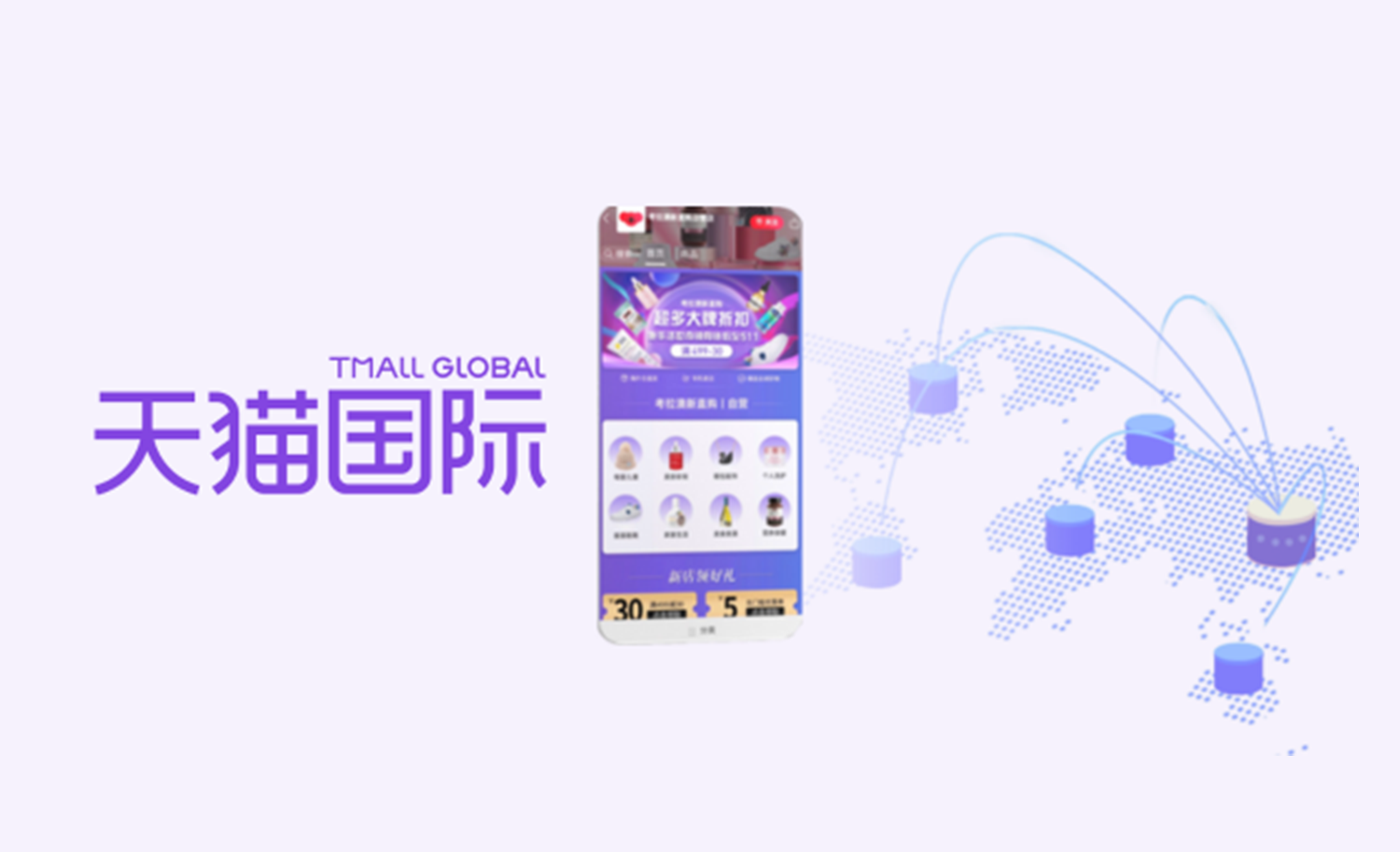Because of the IT industry is growing competition, multilingual eCommerce website development can help you expanding your eCommerce service to more countries. A multilingual website is a great way to enhance your customer reach and it comes with several advantages without huge infrastructure requirements.
Cross border eCommerce is getting popular in 21 century, the advantages of develop a multilingual eCommerce website can be known obviously as following:
- Increasing international Competitiveness: The most important reason to have a multilingual website is to keep competition at bay. It is important that you do this before the competitor does it. This will help you get an early-mover advantage and obviously reach out to a much larger audience than your rivals. I don’t even need to tell you the kind of monetary benefits that you can think of reaping by reaching out to an audience that is far larger than what you are currently restricted to because of language barriers.
- Improving the Customers experience:customers love to be addresses in their native language,and they like to talk to someone who talks their language. Such as you will have a much better chance of selling products and services in China if your website is in Chinese. And you will have a much better chance of selling something in Germany if they see your website in German. It costs very little to translate your website and the benefits are enormous.
- Growing your reputation globally: People often do research on the internet to find information that will help them make the purchase decision. If you provide them valuable content (not necessarily related to selling purposes), you will gain good reputation and thus organic traffic from the search engines, which helps your rankings on the long term.
As mentioned above, design a multilingual eCommerce website is necessary, and here are some tips on how to develop it:
1. Optimize Content for Multiple Languages

In terms of optimizing your website for international markets, you shouldn’t translate your keywords and phrases directly from your English language website. People may use abbreviations, acronyms or synonyms to search for a product locally, so you have to research what terms consumers actually use to search for items in each of your markets.
2. Determine what content is relevant to which regions
You maintain a blog, an online store and a corporate website listing your products and services. At this point you are posting 10 blog posts per month and the content is only relevant to your American customers. Your online store can only ship to America, not other countries.
Blog – Keep this in English only since translating 10 blog posts a month is too much for your company to handle at this point. Online store – translate this into Chinese and French, but only allow people from the Americas buy online. For people coming from Africa, show them the catalog but do not allow them to order online, just provide product information.
3. Choose domains that is suitable for SEO

The website address of the domain you purchase is important too as Google reads the words in the URL. So if your company produces software, for example, you may want to have the word ‘software’ in the URL, though this should be translated into the language of your target country.
4.Make Your Website Accessible to International Users Through Multiple Language eCommerce Solutions
The first step in making your website accessible to international visitors is to introduce a program that is capable of translating the text on your website into multiple languages. Once you provide the text, the translation in each language you choose will be produced for you. Your eCommerce website will also contain different options and descriptions for every language, content pages, categories and products. At any stage, you will be able to view your website in any language that you want.
5. Check Website Loading Speed for slower connections
Speed is most important in context of international online selling because the loading speed of a webpage is different at different places depending on the internet connectivity. So, to target international audience you must optimize speed and focus on how your content is being served outside.
A good global website uses content delivery network i.e. a group of servers from all over the world. It helps you speed up the site even when the visitors browse it from a foreign location.
6. Have clearly labeled options for switching to other languages.
Navigation is a crucial aspect of the web design process. Consistency and ‘landmarking’ help web users find their way around your site and. Navigation should be intuitive.
You might also want to consider creating an ‘entrance page‘ to your site, where users choose the navigation language of the site. Or, you can use English as the default language.












